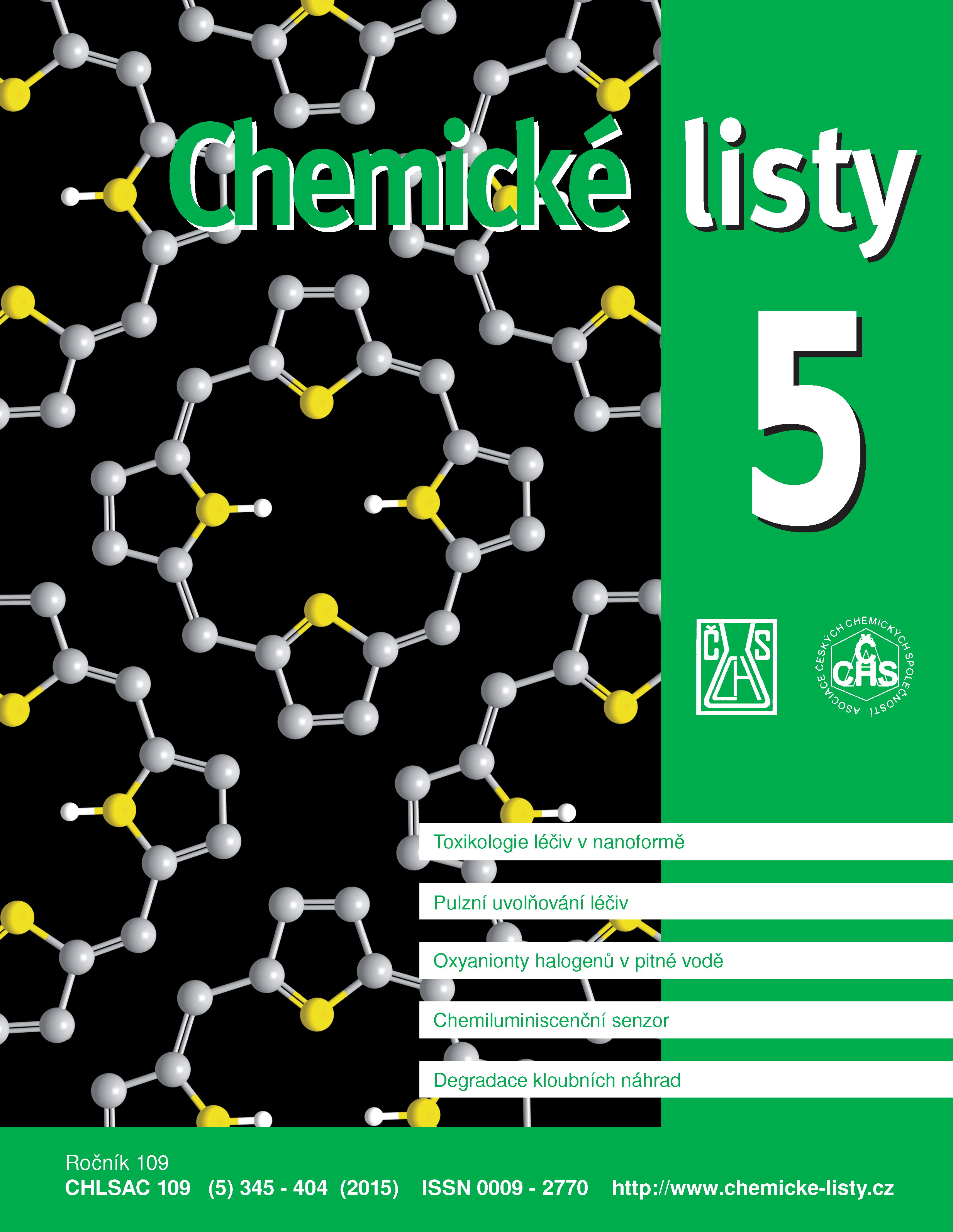Oxyanions of Halogens in Drinking Water
Keywords:
drinking water, bromate, chlorite, chlorate, perchlorate, inorganic disinfection by-productsAbstract
This paper looks at chemistry of individual oxyhalogens such as chlorite, chlorate, perchlorate and bromates, their origin in drinking water and health effects which restrict their concentrations. It is concluded that with understanding of mechanisms of formation of individual oxyhalogens and undertaking practical steps during water treatment and disinfection processes their concentration can, in the majority of cases, be controlled within the drinking water guideline limits.





